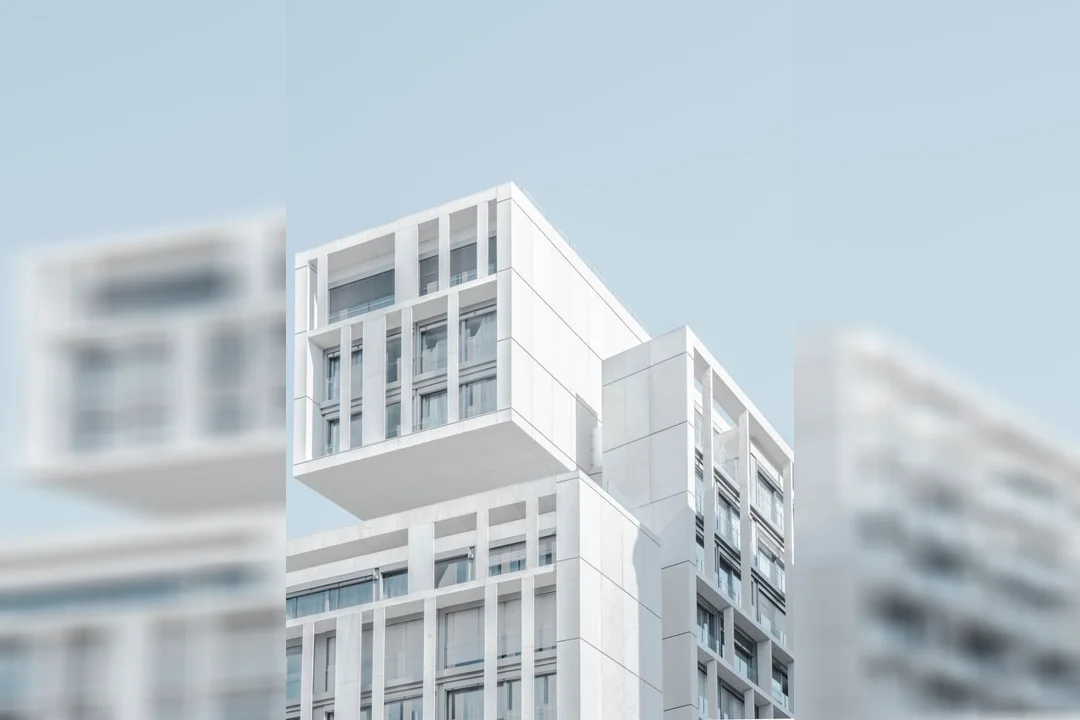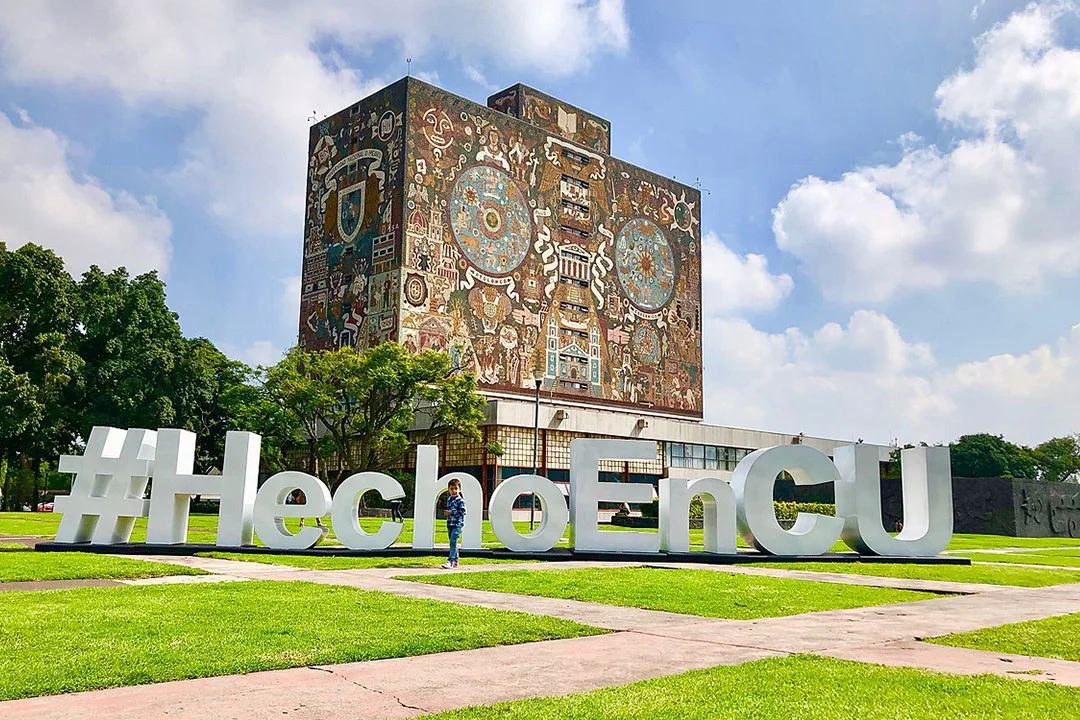Heat has a significant effect on concrete at all stages, both during production and during pouring. An increase in temperature results in an increase in hydration and the rate of movement of water over the concrete surface. This affects the durability and long-term strength of concrete structures.
In Mexico City, the hot seasons can have average daily temperatures above 25°C. This warm and temperate climate can affect concrete surfaces and cause thermal cracking.
If the thickness of the concrete is increased, thermal cracking of the concrete must be immediately prevented. A commonly known problem for designers and construction teams is concrete cracking caused by thermal effects. Increased concrete temperature is inevitable. However, it can be controlled or minimized to some extent.
Providing reinforcement based on design assumptions is also one measure that can be taken to address this problem. Concrete structures exposed to direct sunlight experience considerable temperature changes compared to roofs.
Concrete tends to absorb and release heat overnight. The increase in temperature usually depends on the environmental conditions of the place where you live. Intense heating or cooling can cause concrete to expand or contract, respectively. When heated, concrete develops a potential compressive stress that can lead to thermal cracking of the structure.
Thermal cracking can also occur if the temperature of different parts of the same slab exceeds specified limits. These differences usually exist when the internal temperature of the slab increases or decreases slowly.
This temperature change can cause a tensile stress which, if exceeded, can lead to thermal cracking. While thermal cracking generally occurs at an early age, similar temperature-related concrete cracking phenomena can occur later.
Specific finishing problems can also arise if the concrete is placed at high temperatures. Concrete tends to dry out quickly, and if the weather turns bad, it can cause scabbing as the surface dries. In the case of concrete floors, crusting can cause an uneven surface texture.
How to deal with this problem?
Thermal cracking not only looks bad, but it can also be dangerous to your structure. Recognize when it could happen and take proactive steps to minimize the possibility of it happening.
To prevent thermal cracking of concrete, you need to know when the temperature difference starts to exceed specified limits. To do this, you can use temperature sensors to measure different areas of the concrete slab.
If you notice high temperatures in specific parts, you can take different measures to control the situation. Shading or misting the area can help reduce exposure to the sun's heat.
The higher temperatures at which fresh concrete sets can cause rapid hydration, which reduces the workability of the structure. In short, this reduces the processing time of such concrete structures.
Exposure to higher temperatures during cure produces high early strength and cures at moderate temperatures, but strength generally drops off sharply after a few days. To solve this problem, start with optimizing your concrete mix.
During optimization, adjusting the amount of cement or water to an appropriate level can actively reduce the heat of hydration.
Measurement of the temperature of concrete slabs can be used not only to prevent thermal cracking, but also for other purposes. Many professionals measure temperature to calculate the compressive strength of their structures.
In conclusion.
Many adverse effects can appear at a young age due to hot weather conditions. Excessive cracking or insufficient strength may not be apparent until almost a year after the job is complete. Professionals can often recognize how extreme weather conditions can affect work. They can also tell if the problem is limited to the exposed surface of the concrete or if it reaches deeper into the core of the structure.
Having this type of information is critical to developing practical and effective solutions to restore concrete performance.
Do you want to know more about concrete? Contact Us.
Our Lueste professionals specialize in all types of concrete. Our specialization and experience make us one of the most reliable ready-mix concrete providers in Mexico. With a continuous stream of satisfied customers, our products and services have been efficient and top-notch.
We have enough industry knowledge to help you with a variety of commercial, residential or personal projects. Do you want to get in touch? call +52 (55) 5598-9348. .




